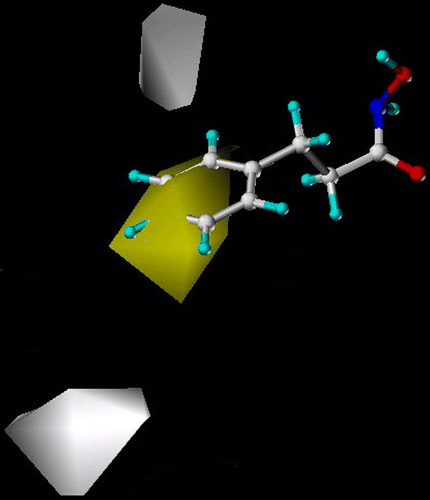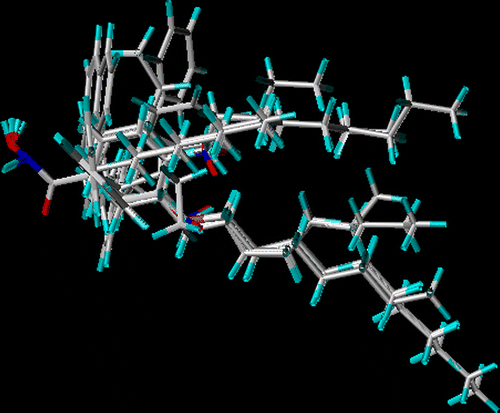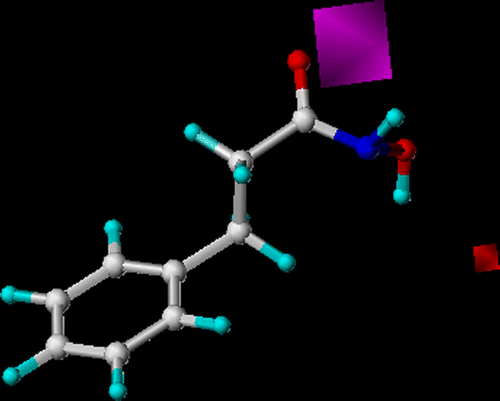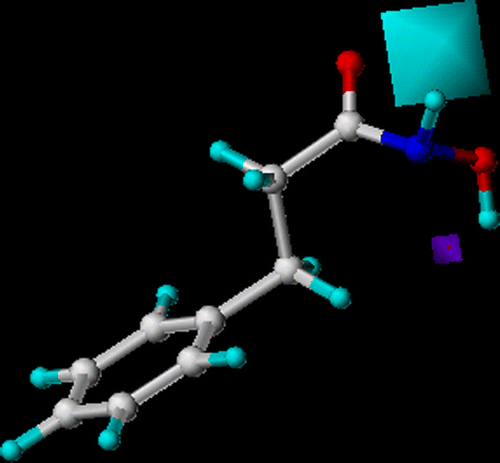Figures & data
Table I. Structure of the compounds 1–35 used for 3D-QSAR analyses.
Figure 1. Structure of compound 29 used as a template on which all the compounds were superimposed using the atom-fit method; asterisks indicate the atoms selected for the fitting centers.
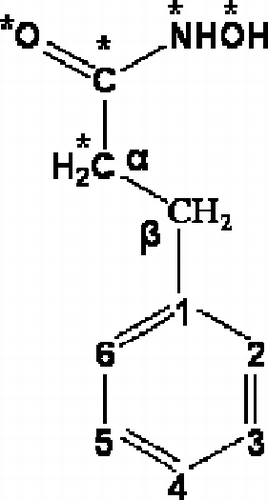
Table II. summary Of Comfa And Comsia Results.
Table III. Actual and predicted inhibitory activities by CoMFA and CoMSIA analyses.
Figure 3. CoMFA contour plots for steric and electrostatic fields with compound 29 as a reference compound. Sterically favored areas are shown in green while the yellow isopleths depict sterically disfavored areas. Blue isopleths depict areas where positively charged groups increase activity and red areas indicate increase in the activity with negatively charged groups.
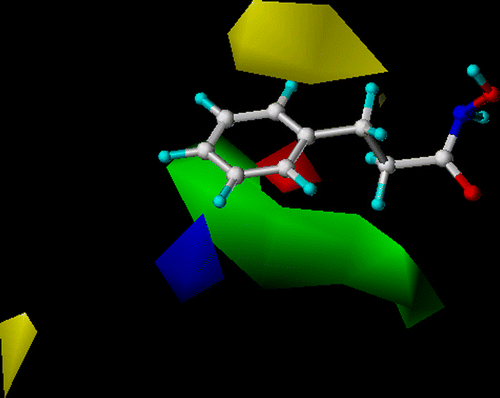
Figure 4. CoMSIA contour plots for steric and electrostatic fields with compound 29 as a reference compound. Sterically favored areas are shown in green while the yellow isopleths depict sterically disfavored areas. Blue isopleths depict areas where positively charged groups increase activity and red areas indicate increase in the activity with negatively charged groups.
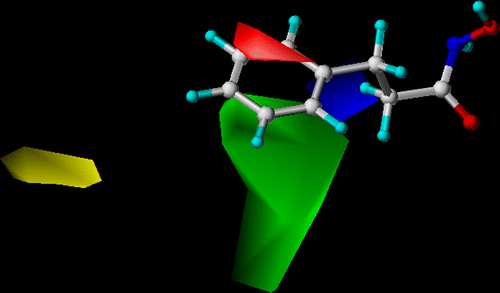
Figure 5. CoMSIA contour plots for hydrophobic interaction with compound 29 as a reference compound. Yellow regions indicate area where hydrophobic groups increase activity, and white regions indicate area where hydrophobic groups decrease activity.
